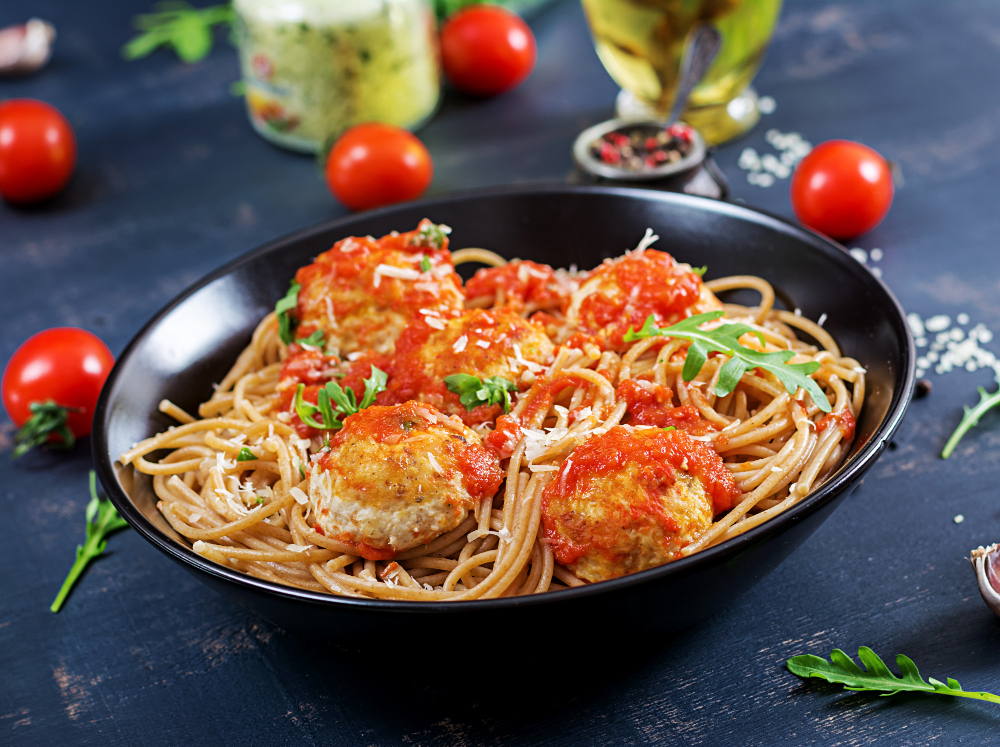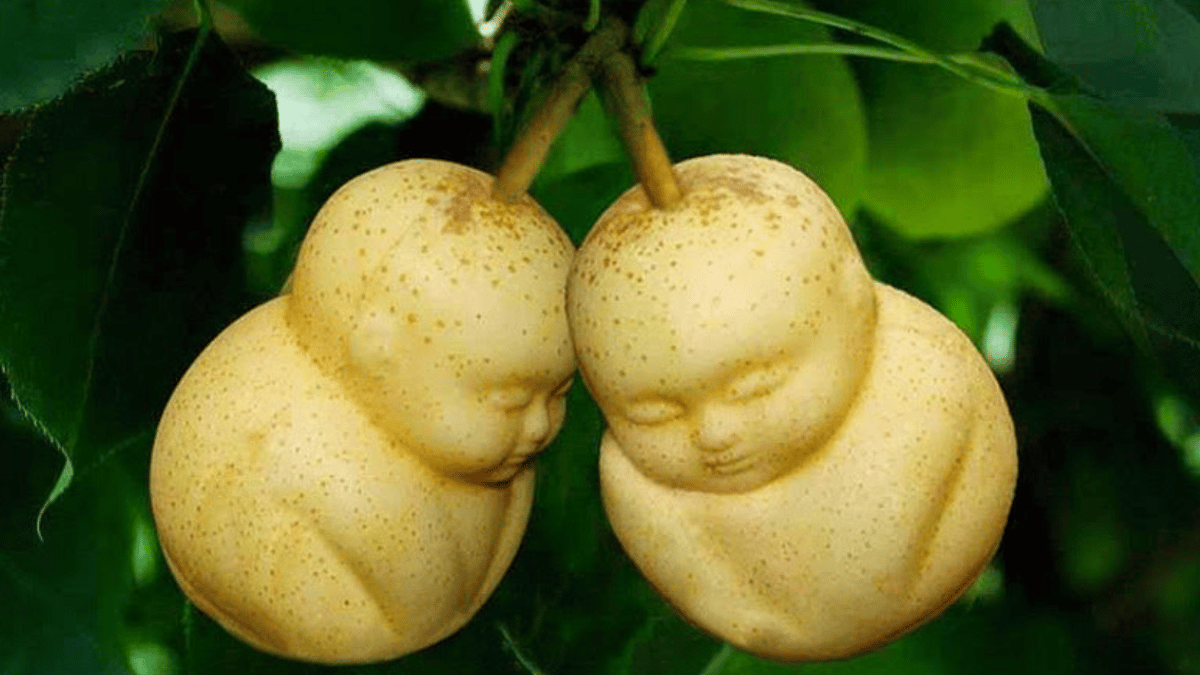How Pasta Became a Global Staple: A Historical Perspective
The history of pasta is a fascinating journey that spans centuries, cultures, and continents. From its debated origins to its modern-day status as a global staple, pasta has played a crucial role in shaping culinary traditions worldwide. Whether in the form of spaghetti, fettuccine, or penne, pasta has become a beloved dish in nearly every corner of the globe. But how did this simple combination of flour and water become a symbol of comfort and culture across nations? Let’s dive into the history of pasta and explore how it evolved into a global phenomenon.
The Origins of Pasta: Myth vs. Reality
The history of pasta is often linked to Italy, but its true origins remain a subject of debate. One of the most common myths suggests that Marco Polo introduced pasta to Italy from China in the 13th century. While it is true that China had been making noodles for thousands of years, historical evidence suggests that pasta existed in Italy long before Polo’s travels.
Ancient Pasta in Different Cultures
- China (3000 BCE): Archaeological findings suggest that the Chinese were making noodle-like foods from millet as early as 3000 BCE. These early noodles were different from modern pasta, but they highlight how different cultures independently developed similar culinary traditions.
- Etruscans and Romans (4th Century BCE – 5th Century CE): The Etruscans, an ancient civilization in Italy, were known to prepare a pasta-like dish using spelt flour and water. Later, the Romans documented a dish called “laganum,” which resembled flat pasta sheets—possibly the precursor to lasagna.
- Arab Influence (8th – 9th Century CE): During the Arab expansion into Sicily, Arabs introduced a dried, shelf-stable form of pasta called itriyya. This early form of pasta was crucial for long journeys, as it could be stored for extended periods without spoiling.
While pasta may have had influences from different cultures, it is in Italy that it truly transformed into the diverse and beloved dish we know today.
Read More: One Pot Pasta Meals: Delicious, Quick, and Fuss-Free Dinners
Pasta’s Rise in Italy: From Peasant Food to National Identity
By the 13th and 14th centuries, pasta had become a staple in Italy, particularly in the southern regions like Sicily and Naples. Early pasta was often eaten with simple ingredients such as olive oil, cheese, and garlic. However, the real revolution came in the 16th century with the introduction of tomatoes from the Americas.
The Tomato Revolution (16th – 18th Century)
Initially, Europeans were skeptical of tomatoes, believing them to be poisonous. But by the 18th century, Italians began combining pasta with tomato sauce, giving birth to the classic Italian pasta dishes we enjoy today. This combination elevated pasta from a basic food to a flavorful, versatile dish that became a cornerstone of Italian cuisine.
The Industrialization of Pasta (19th Century)
As Italy underwent industrialization, the production of pasta became more efficient. Factories in Naples and Genoa began mass-producing pasta, making it more affordable and accessible. This period also saw the invention of pasta-making machines, which allowed for the creation of various pasta shapes, from spaghetti to fusilli.
With pasta now widely available, it became a symbol of Italian identity, representing the country’s rich culinary traditions and regional diversity.
Pasta’s Global Journey: How It Spread Worldwide
By the late 19th and early 20th centuries, pasta was no longer confined to Italy. Waves of Italian immigrants brought their culinary traditions to new lands, forever changing global food culture.
Pasta in the United States
One of the biggest catalysts for pasta’s worldwide popularity was Italian immigration to the U.S. in the late 19th century. Settling in cities like New York and Chicago, Italian immigrants introduced Americans to dishes like spaghetti with marinara sauce, which quickly became a household favorite. By the mid-20th century, pasta was a staple in American homes, leading to the creation of famous dishes like spaghetti and meatballs—a dish that, interestingly, doesn’t originate from Italy but from Italian-American kitchens.
Pasta in North America
In the United States and Canada, where Italian immigrants also settled in large numbers, pasta became deeply ingrained in local cuisine. Dishes like macaroni and cheese in the U.S. and Canadian-style baked pasta showcase the fusion of Italian pasta with local ingredients and flavors. Pasta’s affordability and versatility made it a household staple across North America, influencing comfort food traditions in both countries.
Pasta in Asia
While China has had noodles for thousands of years, Italian pasta also gained popularity in countries like Japan and South Korea in the 20th century. Dishes like Japanese Napolitan spaghetti (a sweet and savory tomato-based pasta) show how pasta adapted to local tastes.
Pasta in Africa and the Middle East
In North Africa, pasta is commonly used in dishes like couscous with pasta shapes, while in Lebanon and Syria, small pasta varieties are often included in soups and stews.
Through migration, colonization, and trade, pasta transcended borders, becoming a beloved dish in cultures across the world.
Modern Pasta: A Staple for Every Diet
Today, pasta is more popular than ever. With the rise of health-conscious eating, new variations have emerged, including:
- Whole wheat pasta for added fiber
- Gluten-free pasta for those with dietary restrictions
- Protein-enriched pasta for fitness enthusiasts
- Vegan-friendly pasta made from lentils, chickpeas, or quinoa
The Role of Pasta in International Cuisine
Beyond its Italian roots, pasta is now a staple in many international cuisines:
- American Mac and Cheese
- Japanese Wafu Pasta (soy sauce-based pasta dishes)
- Indian Pasta Upma (a fusion of pasta and Indian spices)
- French Pasta Gratin (cheesy baked pasta dishes)
Pasta’s versatility has allowed it to adapt to different cultures, making it one of the most universal foods in the world.
Conclusion: The Timeless Appeal of Pasta
The history of pasta is a testament to its adaptability and universal appeal. What started as a humble dish in ancient civilizations has transformed into a global culinary staple, embraced in homes and restaurants worldwide.
From the Etruscans and Romans to the Arab traders and Italian immigrants, each culture has played a role in shaping pasta’s evolution. Today, whether enjoyed as a classic Italian spaghetti, a hearty American mac and cheese, or an Asian-inspired fusion dish, pasta continues to bring people together across cultures.
The next time you twirl a forkful of pasta, remember that you’re indulging in a dish with thousands of years of history—a meal that has traveled through time and across continents to become one of the world’s most beloved foods.














Post Comment